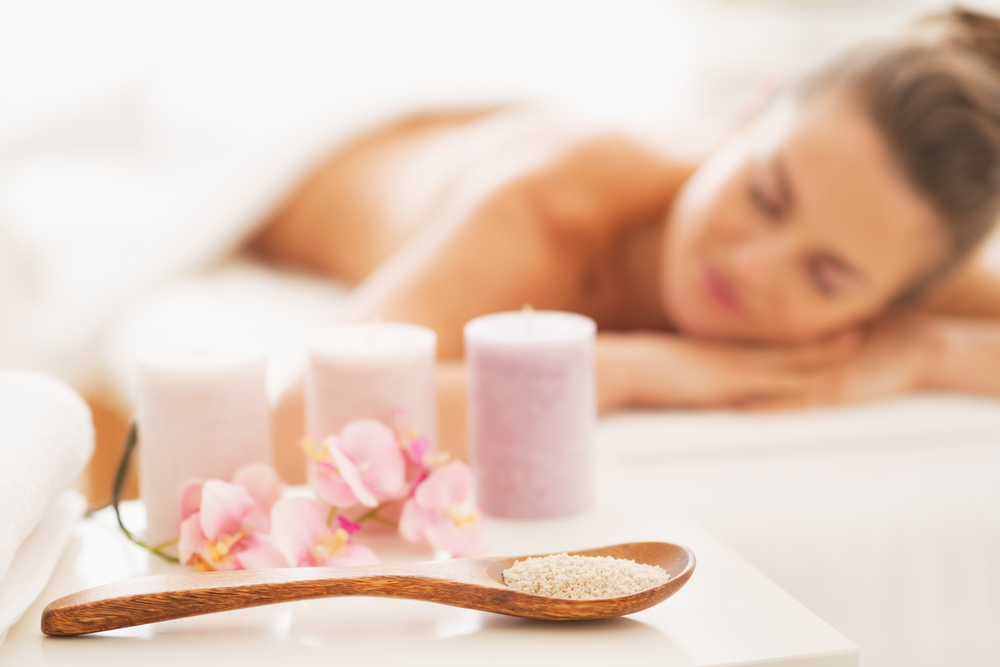Skincare Ingredients for Your Skin Type

The goal in skin care is to assemble a routine that uses products that you’ve picked to suit your skin exactly. In reality, we all have issues finding perfect products. Our skin changes with time, climate, and exposure to different factors. Your skin type isn’t likely to change drastically across your life, but you’re going to need to find new products after a move or if your circumstances change and stress is shifting how your skin behaves. Broadly speaking, skin is either oily, normal, or dry. “Normal” covers a broad range of skin types and isn’t the most useful designation as the edges are quite fuzzy. Oily and dry skin, in essence, represent the extreme ends of skin type where typically temporary issues are a constant factor. OROGOLD can’t magically make your skin behave reliably all the time, but we have put together a quick look at some good ingredients for each of these skin types.
Oily Skin
Oily skin is sometimes called “acne prone” skin for a reason. The ready buildup of natural oils on such skin helps to create and skin environment rich in dead skin cells and grime that foster bacteria growth. This makes controlling the amount of oils and moisture in your skin is crucial to anyone with oily skin. Different acids used in skin care are the best friends of oily skin. Glycolic, citric, and salicylic acid are some names you should look for on ingredient lists when you have oily skin. Each of these is known for its ability to dissolve oils and dead skin cells. This will help prevent an acne supporting environment from building up on your skin. Some acids can further offer anti-inflammatory or anti-bacterial properties depending on the specific acid. Ideally, people with oily skin should favor more potent skin care acids like salicylic acid that can deal most effectively with the extra oil.
Normal Skin
OROGOLD would like to highlight again that normal isn’t the best word for use to describe the broadest skin type, but it is the most common term. People with normal skin tend to have fewer issues when it comes to simply picking up products and being able to use them. The best advice is to avoid the extremes at either side of the skin care product potency. While oily skin benefits from salicylic acid, you would be best served by sticking to glycolic and citric acids that are effective without being quite as harsh. Similarly, try to avoid full creams when it comes to moisturizers. You can get away with a lotion that uses a reliable and effective ingredient like hyaluronic acid. The key is mainly in avoiding overdoing your product choices. Relying on products meant to help for the farther edges of skin types can lead to issues common to oily and dry skin types.
Dry Skin
Dry skin is often a supreme annoyance for anyone that has to fight it. Unless you get the right amount of moisture, it always seems like your skin is halfway to being dry all over again even if you’ve recently gotten out of the bath. Moisturizers will always been the best friends of anyone with dry skin. You’ll want to look into full cream moisturizers utilizing ingredients like hyaluronic acid and other potent moisturizers for the best results. Creams will help trap and seal moisture with a high degree of effectiveness and keep the skin soothed. Don’t be afraid to use them when you need to either. Additionally, oils like jojoba oil are good natural ingredients to look for in products as well. There are specialized bath solutions increasing available that make use of jojoba oil and other natural oils to soothe and moisturize the skin.
Picking out the best ingredients for skin types is a tricky proposition. All of these suggestions are based on general rules and there is no way of telling how your skin will react. OROGOLD strongly encourages you to try some of the ingredients we’ve talked about if you have either oily or dry skin as controlling those conditions is key to long term skin care. However, you should experiment responsibly and test all new products on small patches of skin to be sure your skin will tolerate them. These ingredients are all well-tolerated by most people, but it is always best to be careful whenever testing a new product.

